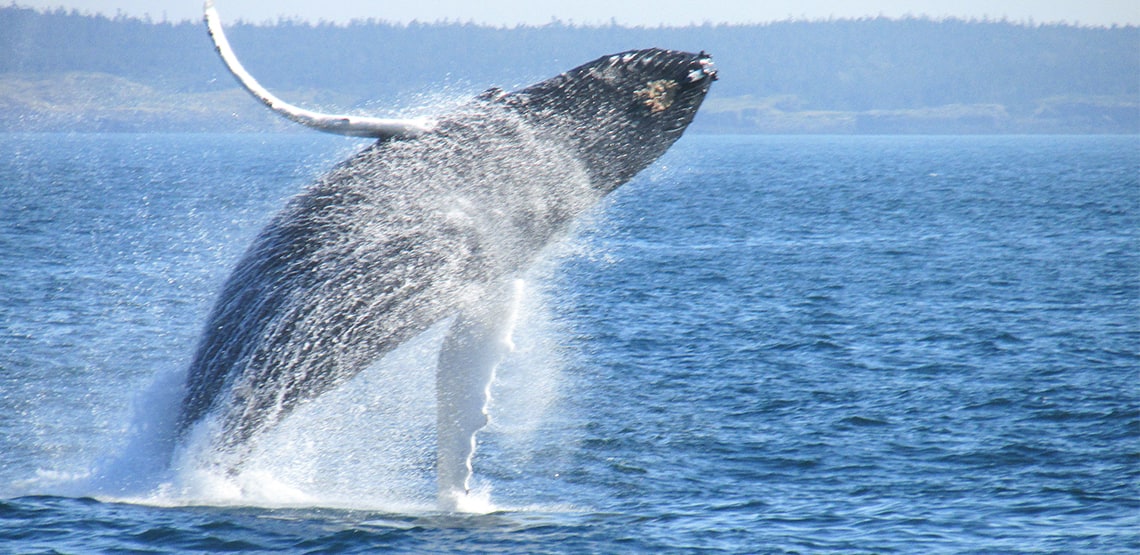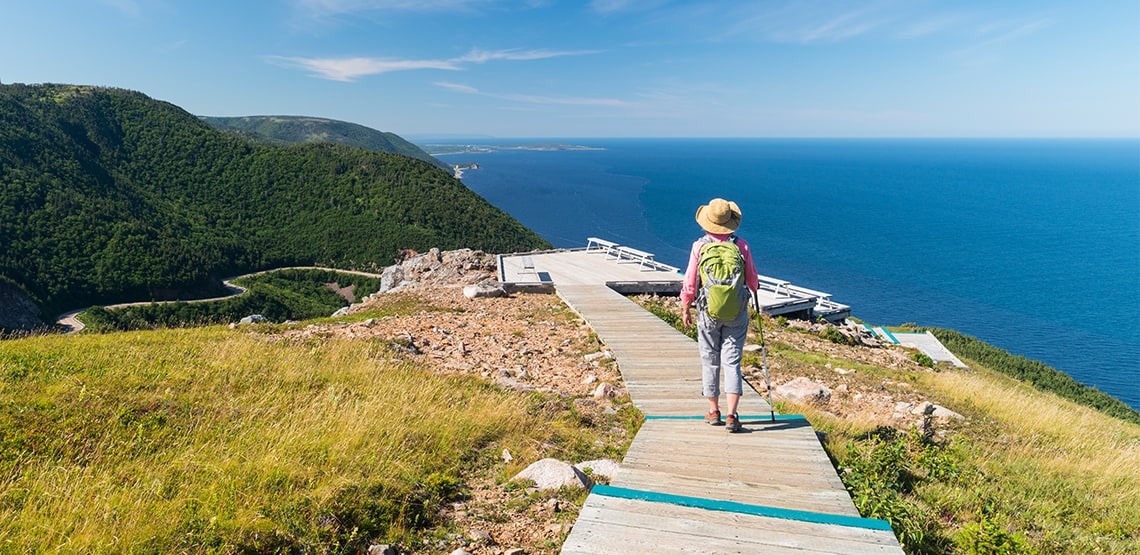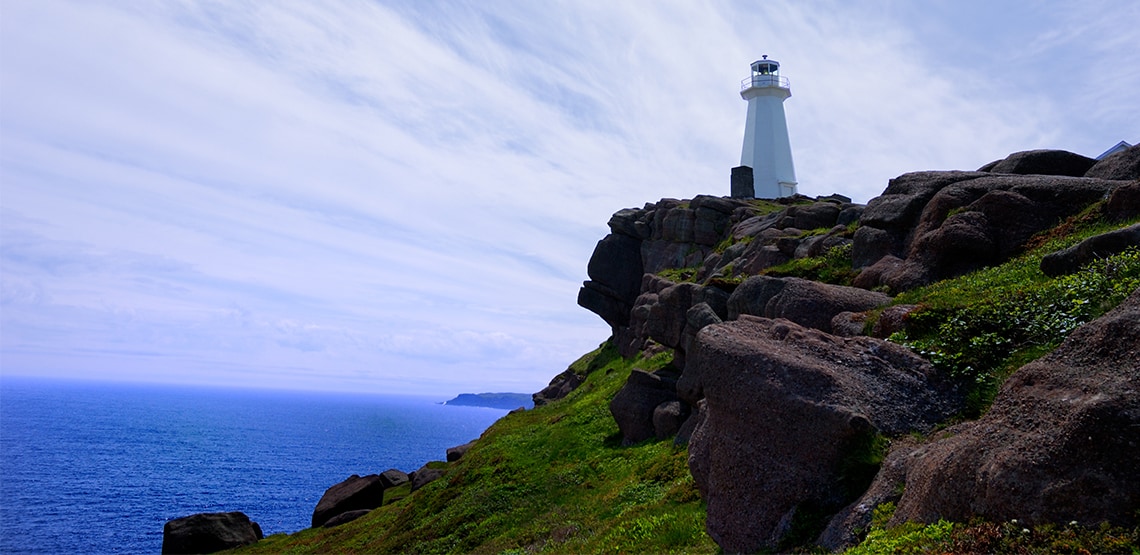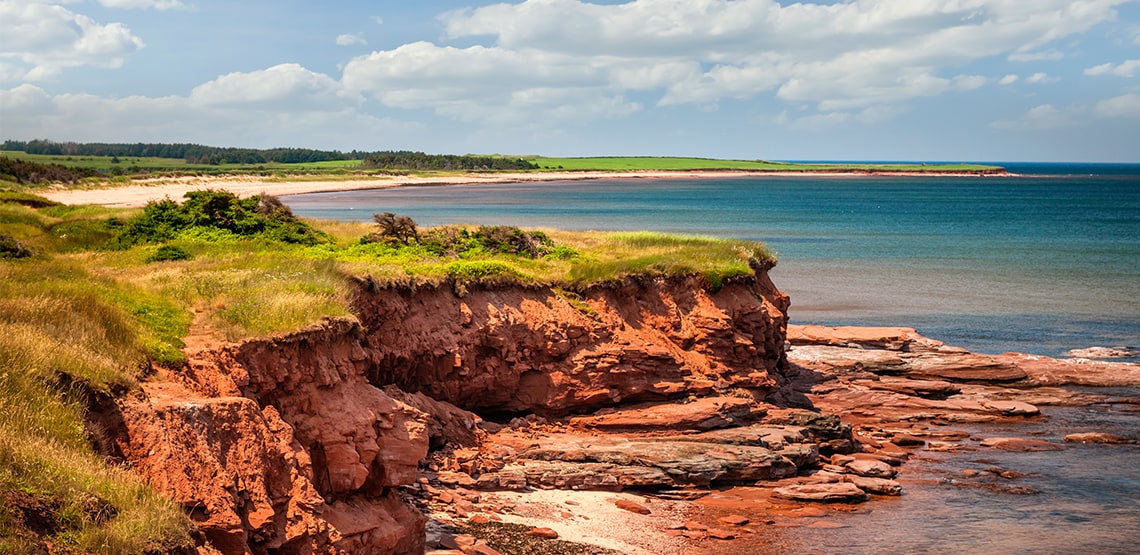Breathe in the Salt Air and Friendly Atmosphere of Eastern Canada
The East Coast Lifestyle Beckons
If you’re looking to enjoy a slower pace of life where you can take in ocean views and soak up Celtic influence, the provinces of Eastern Canada await you.
The country’s easternmost provinces, also known as the Atlantic or Maritime provinces, include New Brunswick, Nova Scotia, Prince Edward Island, and Newfoundland and Labrador. While they’re also Canada’s smallest provinces, they are overflowing with spectacular scenery, attractions, culture, history and more.
If you’re thinking about planning a trip, this Eastern Canada travel guide will be your companion to getting the most out of all the beguiling charms of the east.
The Food
If you like seafood, you’ll be in heaven as the east coast is known for everything from Atlantic lobster to fresh mussels and halibut. The region also produces a wide range of berries, from blackberries, blueberries, strawberries and cranberries to more unique offerings like partridge berries and cloud berries.
You’ll even find fabulous locals beers and wines, such as the iceberg beer that’s brewed in Newfoundland. As its name suggests, it’s brewed from icebergs — the ice formed tens of thousands of years ago from compacted snow — which means there are no minerals and lots of tiny bubbles trapped inside. It gives the golden beer a special, very light taste.
The Lighthouses
The lighthouses found in the Atlantic provinces are a popular draw as well for east coast Canada vacations. New Brunswick, often called Canada’s “home of natural wonders,” has two coastlines: its northern coast facing northeast on the Gulf of St. Lawrence and Northumberland Strait, and its southern coast facing southeast on the Bay of Fundy.
It’s home to practically an endless number of lighthouses. They’re not only found on the coast, but along the estuary of the St. John River, which empties into the Bay of Fundy.
In Nova Scotia you’ll find the likes of the historic Louisbourg Lighthouse on Cape Breton Island. The current structure, which is still active, is the fourth lighthouse built on the location. The first, which was completed in 1734, was the first lighthouse in Canada.
In Newfoundland, head to the easternmost spot in the western hemisphere, Cape Spear, which hosts the oldest surviving lighthouse in the province, the Cape Spear Lighthouse. If you arrive just before dawn you can catch one of the most awe-inspiring sunrises on Earth — the very first to arrive on the continent — along with panoramic ocean views, icebergs and whales.
Prince Edward Island is home to lighthouses of all shapes and sizes that dot its coastline, and visitors can even spend the night in West Point Lighthouse.
Culture
You’ll discover a rich cultural heritage throughout these provinces that were the first to be settled by Europeans. In Newfoundland, throughout the “Irish Loop” area just south of St. John’s, residents have an accent so similar to the Irish that you’d think they just got off the boat, but their ancestors arrived some 400 years ago.
Nova Scotia translates to “New Scotland” and Scottish descendants wear their kilts with pride; Cape Breton even has a Gaelic college. New Brunswick is the only officially bilingual province in the nation, with the north Acadian French and the south English.
Eastern Canada has a strong tradition of music too, with a particularly rich Celtic influence from the Irish and Scottish immigrants who settled here. The pubs and bars are bursting with live music throughout the provinces, including George Street in St. John’s, Newfoundland which boasts the most bars and pubs per square foot of any street in North America.
Wildlife
When it comes to wildlife, you can spot everything from moose and caribou to puffins and whales. You’re never far from the ocean when you’re on the east coast, so be sure to keep an eye out for seals, dolphins and even tuna jumping out of the water.
This also means you’ll have to be extra careful if you are touring Eastern Canada by car — try to do minimal driving after dark, leave a safe distance between you and the vehicle in front of you and travel at a safe speed.
Which Province to Choose
Newfoundland
The island of Newfoundland is larger than the three other Maritime provinces combined. It also includes Labrador to the northwest on the mainland.
While it shares a kindred climate, history and lineage with the other three provinces, it is decidedly different. Half the island is comprised of boreal forest and soaring mountains and fjords that rise in the west, while much of the eastern part is rocky, barren or boggy.
The people, 40% of whom live in the capital, St. John’s, in some ways seem more akin to their Irish or English forebears than Canadian.
New Brunswick
New Brunswick is often least known to outsiders. It’s mostly forested, but its coastline is home numerous beautiful beaches and the resort town of St. Andrews.
It’s also home to the phenomenal Bay of Fundy, one of the seven wonders of North America due to the fact that it has the highest tides in the world.
Prince Edward Island
Prince Edward Island is the smallest of the maritime provinces, and its most densely populated, with little wilderness areas that remain. PEI is alive with music and festivals all summer long and into the fall, with lots of maritime music and delicious seafood like Atlantic lobster, Island blue mussels and Malpeque oysters.
You won’t want to miss out on visiting the homestead of L.M. Montgomery, author of the beloved “Anne of Green Gables” books either. Although all the sights of the island beget reminders of Anne and her Avonlea comrades.
Nova Scotia
Nova Scotia is a scenic fantasy come to life, with everything from vineyards and waterfalls to endless breathtaking trails and picturesque lighthouses. The province is quintessential Atlantic Canada, with a dramatic coastline dotted with picturesque coves and charming fishing villages.
It’s also home to the wilds of Cape Breton Island where the renowned Cabot Trail is located.
Don’t know which to choose? Never fear — while Canadians have a well-known reputation for being polite and friendly, the Maritimers tend to be the friendliest of all, so you’ll be welcomed no matter which eastern province you visit.
These senior travel groups provide the opportunity for older travelers to see the world whether they're on a budget, going solo, or looking for adventure.
The Best Time to Go
Canada’s eastern provinces are generally summer vacation destinations, with the tourist season running from early July through late August. There is no “typical” summer weather, however.
The only thing typical is change, and you’re likely to experience balmy, sunny days as well as howling rainstorms. If you’re hoping to avoid the tourist crowds and save some money, come just before or after the peak travel season, either in June or September.
Affordability
Compared to a vacation in Europe, Canada’s easternmost provinces are incredibly budget-friendly, particularly for Americans who can take advantage of optimal exchange rates too. Just keep in mind that the earlier you book, the better off you’ll be, as accommodation can often be in short supply, particularly outside of the major cities.
Visiting in the shoulder season, mid-May to June, and September to mid-October, can mean lower accommodation rates and airfare too.









